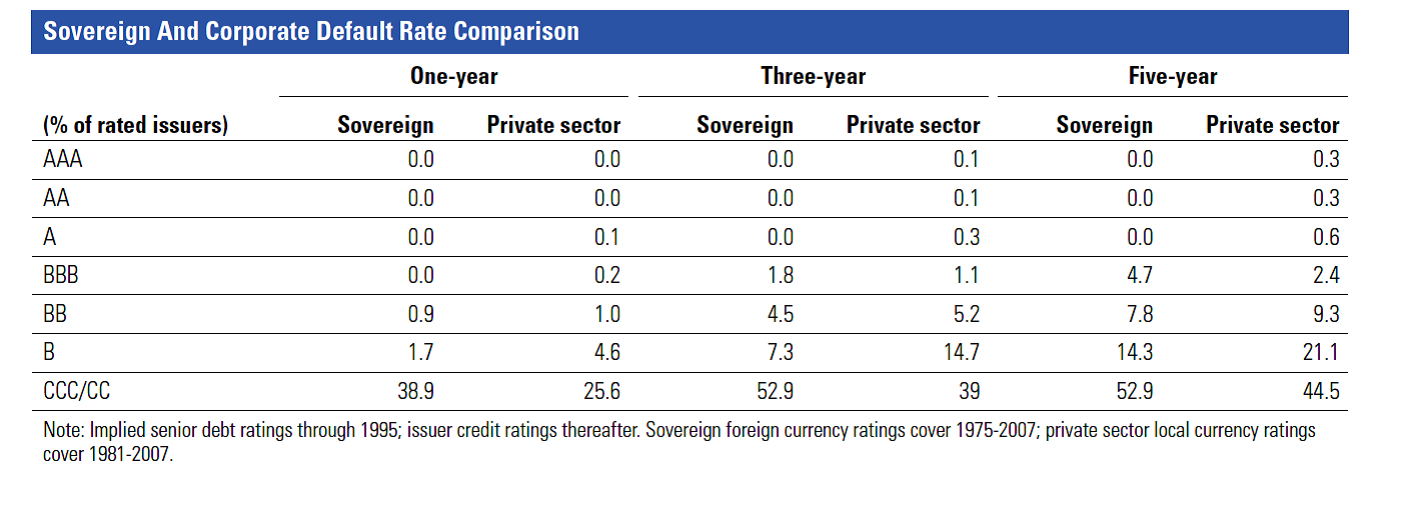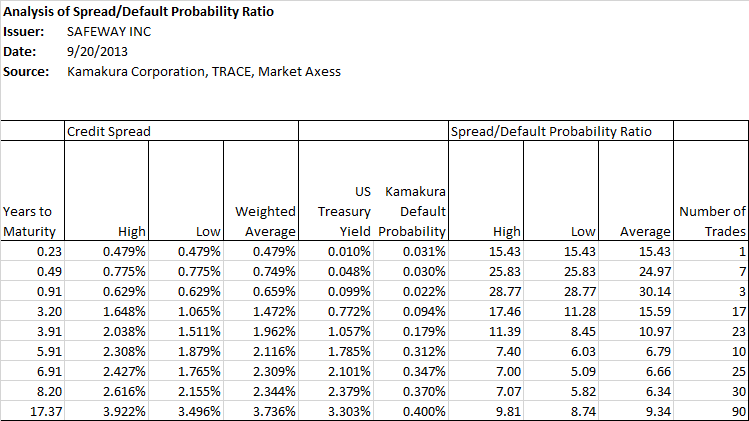Bond default rating probability
Post on: 25 Апрель, 2015 No Comment

W hen government bond yields are too low to be attractive and investment grade corporate bonds are no longer cheap. ever-greedy investors often look to high-yield (junk) bonds as a way of getting more income for their money.
In early 2010, for example, junk bond sales were at a record high:
Companies worldwide issued $38.3 billion of junk bonds in March, passing the previous high of $36 billion in November 2006, according to data compiled by Bloomberg.
Yields fell 0.95 percentage point to within 5.96 percentage points of government debt, the narrowest gap since January 2008.
Most of that buying will have come from specialist funds and institutions. But plenty of those funds will be driven by private investor demand and some private investors may also be buying junk bonds directly.
Investing in junk bonds is a dubious idea at the best of times; personally, I think most of us should skip corporate bonds and stick to Government bonds and equities, although thats hard when Government bond yields are very low.
But certainly, investing in junk bonds when everyone else is doing so has to be a recipe for potential disaster.
Bond default risks are very real
Corporate bonds can and do default. The probability of a bond default is strongly reflected in the credit rating assigned to the bond by the rating agencies.
Non-investment grade bonds the less scary name for high-yield or junk bonds have seen pretty high default rates in the past.
This means you should at the least be wary of investing in anything rated by Moodys or S&P as below Baa/BBB (non-investment grade, in other words).

In practice, it means avoiding buying junk bonds directly unless:
- Youre fully fluent in this area.
- You have teams of PhDs at your disposal.
- You are paid by your employer to manage a junk bond fund.
How often do corporate bonds default?
The probability of a corporate bond default by rating is given in the following table, which is compiled using data from the Municipal Bond Fairness Ac t of 2008.
While this is U.S. data and municipal bonds (also known as munis) are a feature of the U.S. market only, the table gives a good indication of the bond default rates in the most liquid corporate bond market in the world.














